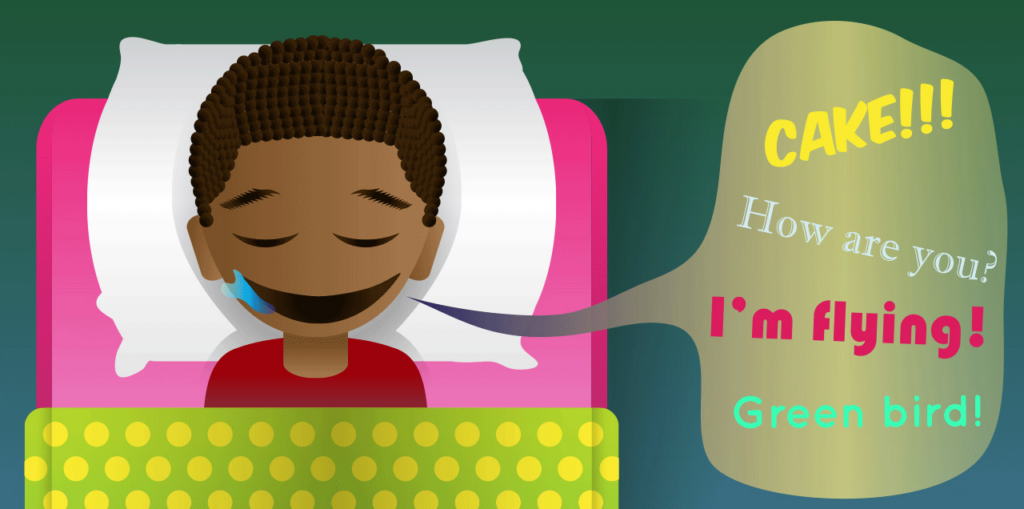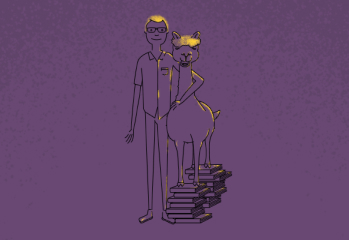Every night, people around the world reveal their innermost thoughts aloud while they sleep. And they wake with no recollection of it ever happening.
Revealing their deepest secrets while slumbering is a common fear among sleep talkers.
But are they really doing this? And why do we sleep talk?
SOLILOQUY? NO, SOMNILOQUY
Sleep talking is known as somniloquy.
It’s a type of sleep disorder (also known as parasomnia) where the brain doesn’t fully switch off, causing unintentional sounds or speech.
It varies between people. Sometimes it’s clear and understandable, other times it’s complete gibberish.
And while it’s rare for people to reveal their secrets, what they say might reflect aspects of their day.

Credit: David Peeters and Martin Dresler via Young Minds (CC BY)
BEWITCHED?
The earliest mention of sleep talking is attributed to Greek philosopher Heraclitus of Ephesus 2500 years ago.
Somniloquy used to be associated with witchcraft too.
People who experienced full body paralysis or other common parasomnia symptoms would “suspect their neighbour bewitched them”, says Jason Coy in his research on the legacy of witch-hunts in the modern world.
These days, around 66% of people are believed to talk in their sleep.
But the actual number might be even higher, since most of us don’t realise we are sleep talking unless someone hears us.
WHY DO WE SLEEP TALK?
Several factors can contribute to sleep talking, including sleep deprivation, stress, fever and stimulants like caffeine.
Others are predisposed to it – for example, people with sleep apnoea, night terrors or post-traumatic stress disorder.
Caption: Stress disorders can increase the likelihood of sleep talking.
Credit: energepic.com/Pexels
Somniloquy can also be rooted in genetics, with evidence of sleep-talking families.
However, there’s still a lot we don’t know about the causes of sleep talking and what happens in the brain during these episodes.
KEEP IT DOWN AND DON’T SMOTHER THEM
To avoid disclosing unwanted information in your sleep, doctors have a few recommendations.
They include sticking to a consistent sleep schedule, practising good sleep hygiene – like avoiding screens and stimulants before bed – and managing stress.
And for the bed partner?
A solid pair of earplugs will do the trick.









